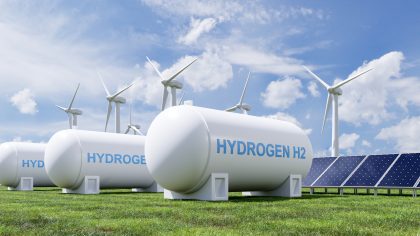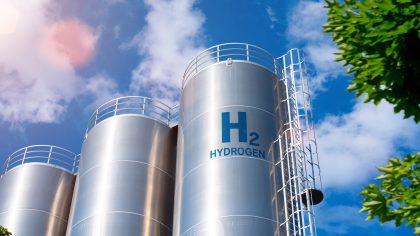The Generation IV International Forum (GIF) selected six systems as generation-IV technologies: gas-cooled fast reactor (GFR), lead-cooled fast reactor (LFR), molten salt reactor (MSR), sodium-cooled fast reactor (SFR), supercritical-water-cooled reactor (SCWR) and very high-temperature reactor (VHTR) (NEA, 2014). According to IAEA (2013), the VHTR system is considered the prime candidate for large scale hydrogen production.
The VHTR is a graphite-moderated, helium-cooled reactor with thermal neutron spectrum. It can be used for heat applications such as process heat for hydrogen production – the heat application process is generally coupled with the reactor through an intermediate heat exchanger. The VHTR can produce hydrogen by using thermochemical processes, combined thermochemical and electrolysis, high temperature steam electrolysis, or from heat, water and natural gas by applying the steam reformer technology (NEA, 2014).
All information in the datasheets is also available in ESDL (Energy System Description Language). You can find them in the Energy Data Repository (EDR).


